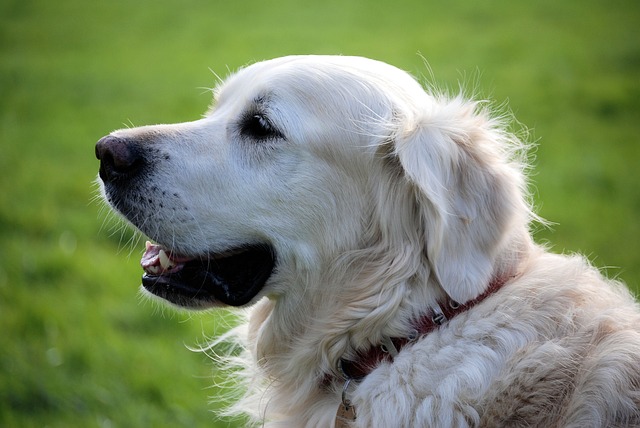
How can I tell if my dog's heatstroke is serious
Let’s be real: It’s a sticky August morning in Los Angeles, and you took your 2-year-old Golden Retriever, Max, for a walk a little later than usual
Watching your dog slip on hardwood floors or come home with clumps of mud stuck to their paws might make you wonder about that fuzzy hair between their foot pads. The short answer? For most dogs, trimming that hair is a good idea—but it depends on their breed, lifestyle, and the season. Long-haired breeds like Shih Tzus or Pomeranians often grow excess hair between pads, which can trap debris, ice, or salt (from winter sidewalks) and cause discomfort.
Start with the right tools: a pair of small, rounded-tip scissors (made for pet grooming, available at most pet supply stores) or a quiet clipper with a guard attachment. Sit your dog on a non-slip mat—putting a towel under their paws helps keep them calm—and gently spread each pad to see the hair. Trim only the hair that sticks out beyond the pad’s surface; cutting too short can expose sensitive skin and lead to cuts or infections. A quick check after walks (especially in rainy or snowy weather) helps you spot when it’s time for a trim.
 In winter, untrimmed paw hair is a bigger risk—snow and ice can ball up between pads, forming sharp chunks that pull at the skin when your dog walks. This isn’t just painful; it can make them hesitant to go outside, which disrupts their potty routine. Some cities even have regulations about keeping pets’ paws safe in cold weather, as neglecting this can lead to frostbite—a condition that could require veterinary care and, in extreme cases, violate animal welfare laws. Keeping pads trimmed and using pet-safe paw balm adds an extra layer of protection.
In winter, untrimmed paw hair is a bigger risk—snow and ice can ball up between pads, forming sharp chunks that pull at the skin when your dog walks. This isn’t just painful; it can make them hesitant to go outside, which disrupts their potty routine. Some cities even have regulations about keeping pets’ paws safe in cold weather, as neglecting this can lead to frostbite—a condition that could require veterinary care and, in extreme cases, violate animal welfare laws. Keeping pads trimmed and using pet-safe paw balm adds an extra layer of protection.
For dogs who spend lots of time outdoors—like hiking or running on trails—trimmed paw hair also helps them grip better. Overgrown hair can act like a tiny “slipper,” making it harder for them to traction on rough terrain. You might notice a difference right away: a dog with trimmed pads is less likely to trip or slide, especially on wet leaves or rocky paths. Just be careful with short-haired breeds like Labradors; their paw hair is usually thin enough that it doesn’t need regular trimming unless it starts to collect dirt.
If you’re nervous about trimming your dog’s paw hair yourself, many groomers offer quick “paw tidy” services that take just a few minutes. The key is to make the process low-stress—give your dog treats while you work, and stop if they seem anxious. Keeping their paw hair well-maintained isn’t just about looks; it’s about keeping them comfortable, safe, and compliant with local care standards. A dog with healthy, trimmed paws is a happy dog—ready to run, play, and explore without pain or hassle.

Let’s be real: It’s a sticky August morning in Los Angeles, and you took your 2-year-old Golden Retriever, Max, for a walk a little later than usual

You're enjoying a summer afternoon at the park when you notice your dog has stopped panting and appears disoriented - their gums are bright red

Let’s paint the picture: You’re in your Denver apartment, watching your 4-year-old Boston Terrier, Ruby, plop down mid-play session with her favorite toy

Many dog owners notice their pets nails seem shorter after regular walks,but how much does this daily activity actually help?The answer depends on where you walk—concrete sidewalks or asphalt streets gently file nails as a dog's paws hit the ground

Most dog owners notice their pup scooting across the carpet at some point, but few connect it to impacted anal glands. These small sacs near a dog’s rectum secrete a scent for marking territory

Most vets agree that regular dog teeth cleaning is key to avoiding painful dental issues later. For healthy adult dogs, a professional cleaning at the vet’s office every 12 to 18 months usually works well.